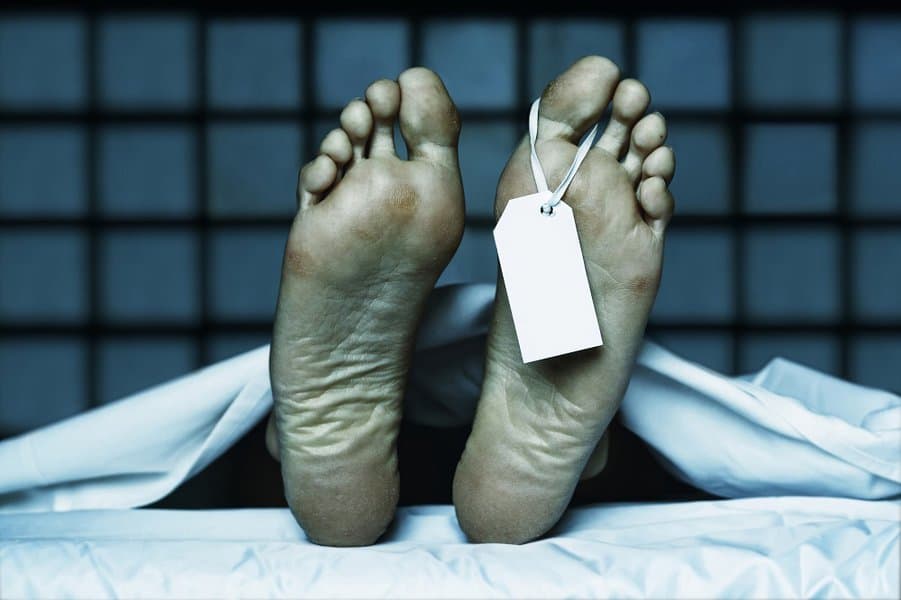
jurasy/Shutterstock
11 Bodily Functions That Continue After Death
Throughout life, death looms above us. It could happen at any moment. You’re walking down the street one second and the next thing you know you’re hit by a car and dead. What happens next is anyone’s guess, with the afterlife being a great mystery. Maybe people go to heaven or hell, while others enjoy reincarnation as a bird. It’s also possible that nothing happens at all and death is just like a light turning off. While the afterlife is a puzzle, bodily functions are not. As your soul moves on to the next phase, the body stays behind, with many bodily functions that continue after death.
Death occurs when vital functions such as the heart, respiratory system, and brain cease to work. Death isn’t as immediate as it appears, regardless of how the person died. Once the body shuts down, it goes through several stages. Minutes after the heart stops beating, the first stage, Pallor mortis, causes the body to turn pale anywhere from 30 mins to an hour. Also known as the “death chill,” the next phase, algor mortis, lowers the body’s temperature until it matches the air around it. Roughly two to six hours later, livor mortis begins as blood pools in certain areas of the body. All these changes result in the next stage, rigor mortis, which stiffens the muscles.
As rigor mortis starts to set in, the body’s functions continue to work for hours, days, and sometimes even weeks. To show you what happens once you die, this article looks at how the body functions long after the soul has departed.
11 Bodily Functions That Continue After Death
1. Vocalization
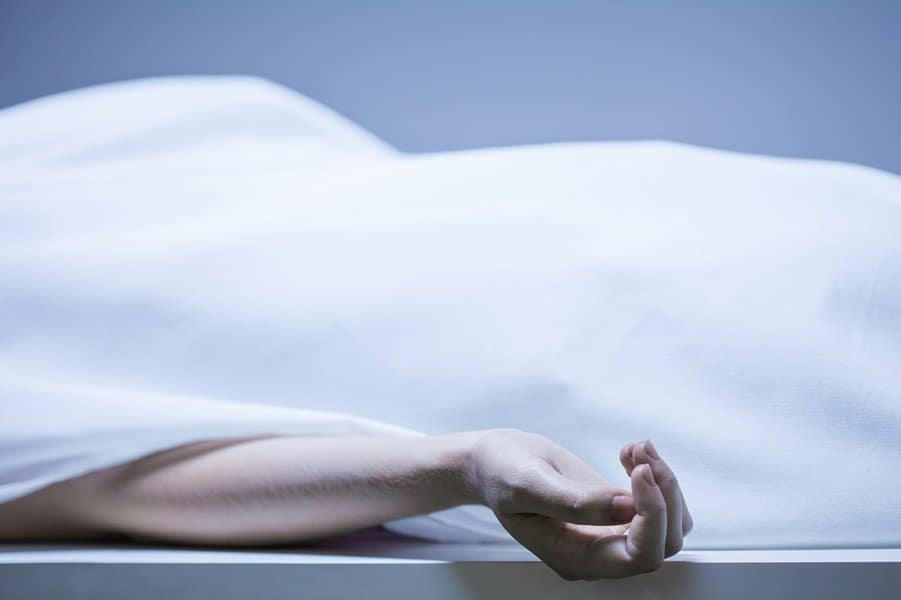
ESB Professional/Shutterstock
In horror movies, as a dead body lays eerily in a morgue, it makes odd sounds before leaping to its feet. Aside from the leaping, it’s actually common for dead bodies to make strange sounds hours after death. As our souls discover if there even is an afterlife, the human body also goes on quite an adventure. The human body is full of gases, trying to find a way out. Even when a person is dead, that gas needs to escape.
As the body shuts down, the gases build up, increasing with the bacteria. As that’s going on, rigor mortis stiffens all the muscles, notably those operating the vocal cords – the combination of the gases building up and rigor mortis results in the body making scary sounds. The gases escape the body through the windpipe, causing the dead to moan and groan. In some cases, this occurs because doctors try to resuscitate the person, but it can also happen on its own.
2. Giving Birth
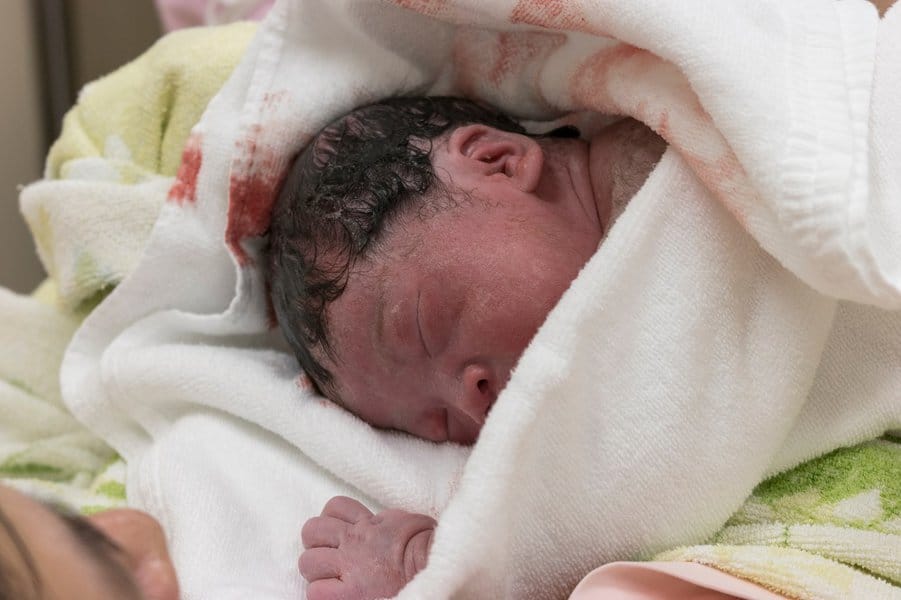
pu_kibun/Shutterstock
While it’s a rare occurrence nowadays, there was a time when a birth could occur after the death of a pregnant woman. No, it’s not the plot of the latest horror movie. Pregnant women giving birth after death used to happen all the time. Also known as a “coffin birth,” gases start forming in the body, causing the flesh to soften. The gases apply pressure on the uterus, forcing the dead fetus out of the body.
Before embalming became a thing, it would take a few days to bury a body if the ground was too cold. In modern times, embalming and a quick burial prevent odd bodily functions like this from happening.
3. Muscle Movement

Pearl PhotoPix/Shutterstock
Like a scene from The Haunting of Hill House, the human body makes sounds hours after death. If that wasn’t scary enough, it also twitches and moves. The nervous system slowly shuts down after brain activity ceases but the body continues to make a final few movements before it completely shuts down.
With the brain inactive, the nerves send signals to the spinal cord, causing reflexes, muscle spasms, and twitches hours later. Some nurses even report seeing chest movements. In other words, it doesn’t take a haunted house to cause someone to go number one in their pants.
4. Genes Remain Active
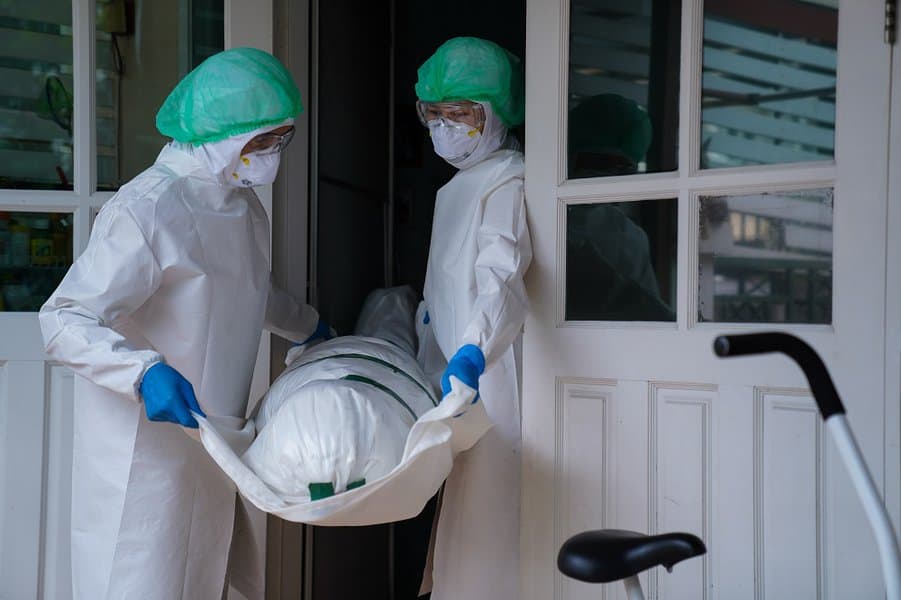
PPK_studio/Shutterstock
Researchers and scientists made a fascinating discovery regarding the body’s genes. Evidence suggests that specific genes become active after death. Studies indicate that animals have genes that remain active once they’re long gone. Scientists believe the human body goes through a similar experience.
Not long after scientists began examining dead bodies, they discovered similar genes become active. Once they have a better grasp on the genes that come “alive” after death, it will help in many different ways, such as aiding investigators in determining an accurate time of death for a murder victim. The genes that come alive will also be a factor with preserving organs for transplantation.
5. Peeing

Doucefleur/Shutterstock
Here’s where things get messy. When nature calls, a part of the brain controls the exiting of the urine until you’re ready to answer. In death, the body lets it all flow out. A few hours after dying, rigor mortis sets in, and the muscle tightens. At the same time, some muscles are going in the opposite direction and are loosening completely.
As a person dies, the part of the brain that controls and maintains the sphincter shuts down. Without that region of the brain controlling the muscles, the body expels urine and sometimes feces.
See more about - 12 Rare Body Features You Won’t Believe Are Real
6. Hair and Nails Continue To Grow

Elnur/Shutterstock
In season one of The Sopranos, Christopher Moltisanti and Georgie, the Bada Bing bartender, move the corpse of Chris’s first kill. When they dig the body up, Georgie is shocked to discover the body’s nails and hair grow back. Technically this isn’t true, but hair and nails do grow back after death
The body doesn’t create new nails and hair. Instead, the skin loses moisture before rigor mortis occurs, causing it to pull back. In the process of pulling back, it exposes more nails and hair, giving the illusion that they’re longer.
7. Digestion
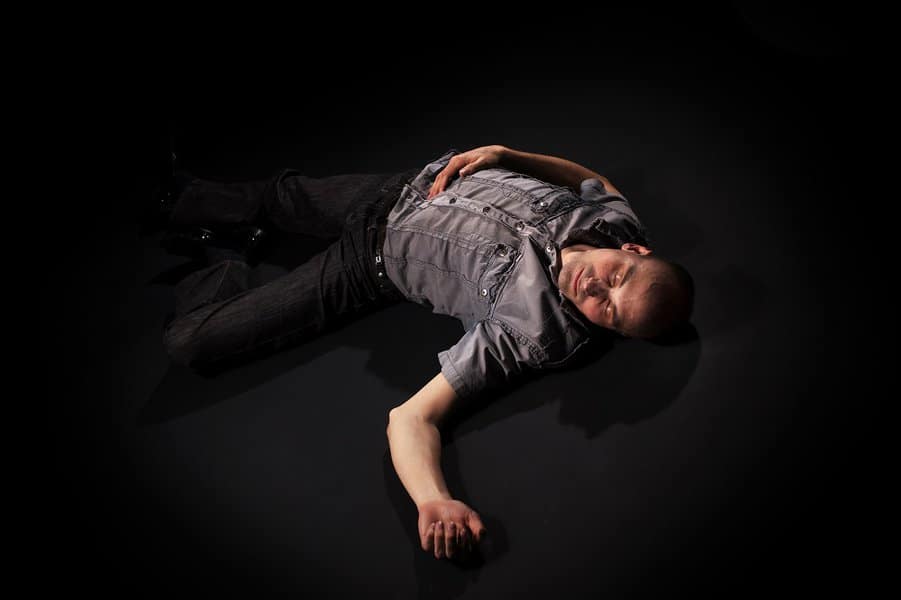
spaxiax/Shutterstock
Death obviously makes it difficult for a person to eat a hearty meal. Without new food to digest for nutrition, the body continues to digest and break down the remaining food. The human body contains parasitic and friendly bacteria that help with digesting food.
Sadly bacteria are always the last to know when someone dies. Friendly bacteria continue to help with digestion even after a person dies. The parasitic bacteria does its part by feeding on the body, breaking down acids. Other gases continue to build up in the dead body, requiring an evacuation, while the stomach digests itself until the body completely shuts down.
8. Pushing Out Waste

jurasy/Shutterstock
Passing gas in public is so embarrassing that some people can’t even show their faces again. Well, wait till they find out what happens when they die. Since the body goes number one after death, it should be no surprise that it drops a deuce too.
Historically, gases pass through the rear while the body is alive. These gases search for the same exit when the body shuts down. Like with urine and birth, the gases build up and push out the remaining waste from the body.
9. Brain Functions
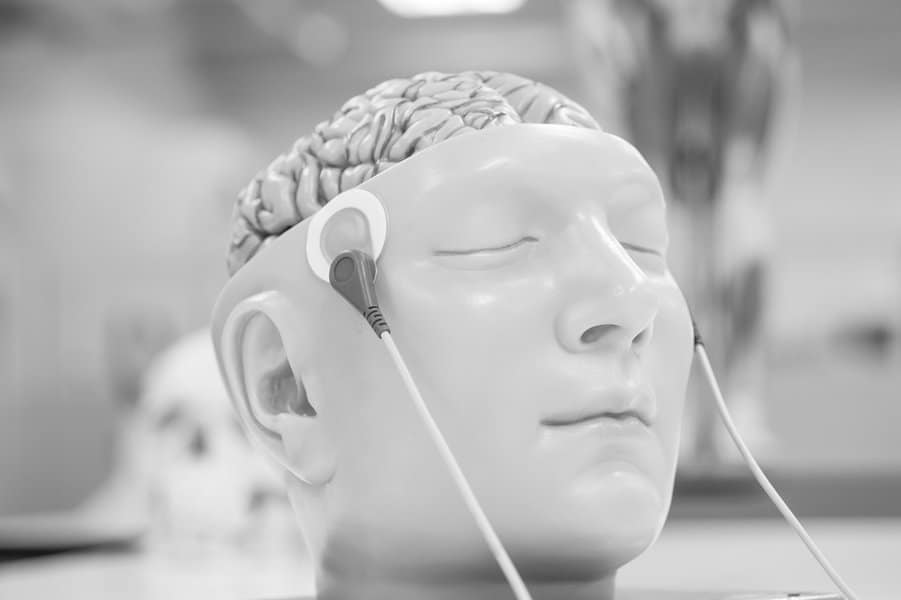
Tinydevil/Shutterstock
Technology is even changing the way people die. Doctors can keep the brain alive for days after the rest of the body shuts down. A person’s heart can continue pumping even when the brain is gone. In most cases, doctors pronounce a person dead if they stop breathing and their heart stops pumping for a minute, even if there’s still some brain function.
When the heart stops, the brain goes into overdrive, trying to find oxygen to stay alive. With the proper medication and technology, doctors can extend those dying moments of the brain for days. In theory, doctors could even save a person’s life, although the brain would have suffered severe damage that the person could never recover from.
10. Skin Cell Growth
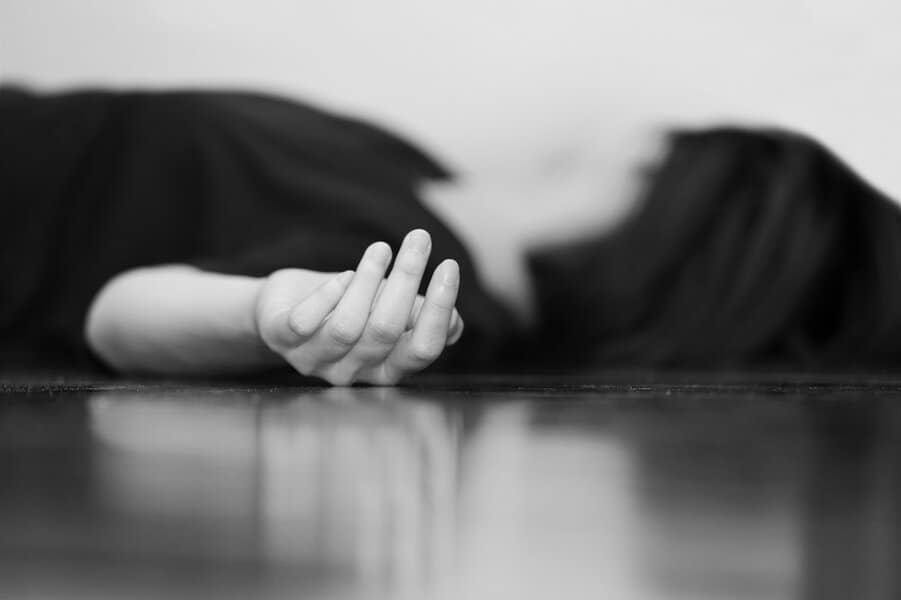
charnsitr/Shutterstock
For the living, when a loved one dies, it’s an instant death. As they mourn their loss, they have funeral arrangements to make. During that time, the body is slowly shutting down. Some parts of the body die quickly, while other parts die at a slower rate.
With a loss of blood circulation, the brain will shut down within minutes. However, skin cells have apparently figured out how to live without the brain for years. Skin cells can actually stay alive for days after the brain shuts down completely, which is remarkable.
11. Getting Erections

OneSideProFoto/Shutterstock
Not even death can stop an erection. Once the heart stops beating it forces the blood to the lowest point of the body. If the person is standing or lying face down, the blood tends to pool in the penis, causing an erection.
As that’s happening, muscles that require calcium ions stop expanding, decreasing the energy to push out the ions. That causes the muscle to contract, resulting in rigor mortis. The combination of blood pooling and rigor mortis triggers ejaculation. Yes, you can still orgasm after death. The body truly is an incredible thing.
See more about - 10 Biggest Mysteries Of The Human Body



